Basement waterproofing is used to prevent water from entering your home. It involves applying sealant materials, installing drains and sump pumps, and other components. You can waterproof your basement in one of two ways: internally or externally. In this guide, the professional contractors at Harmony Basements highlight the pros and cons of interior basement waterproofing vs exterior basement waterproofing, why waterproofing is important, our expert recommendations, and more.
Why Is Waterproofing Important?
Your home is far too valuable and far too sizable an investment to not properly protect it from the dangers of heavy rainfall. Water in the basement can lead to issues such as mold and mildew, ruined furniture and belongings, stained and damaged walls and floors, rotting, rusting, and musty smells. Even small water leaks can lead to longer term, more impactful health problems like difficulty breathing, fever, skin rashes, fatigue, eye irritation, headaches, and coughing.
For this reason and many more, waterproofing your basement is so important. This construction technique prevents flooding, water leaks, contaminant leaks, and water pooling from entering your structure, helping your building maintain its structural integrity for longer. If your house is compromised, it’s critical you get rid of the water as soon as possible, fix underlying basement water problems, and take the appropriate next steps to keep your basement dry moving forward.
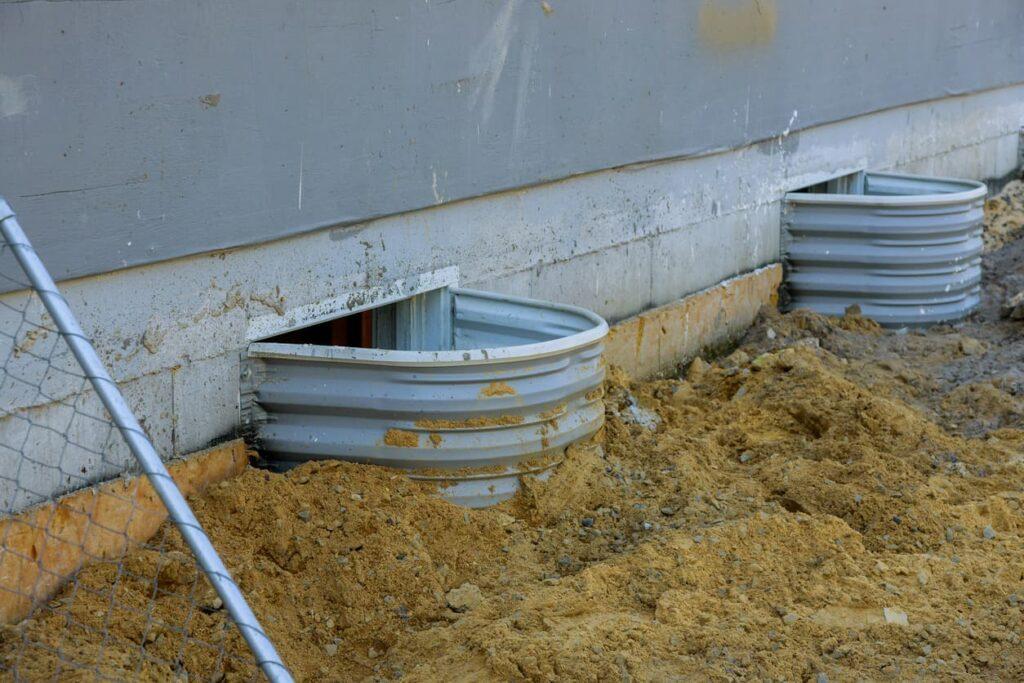
What Affects the Cost of Waterproofing?
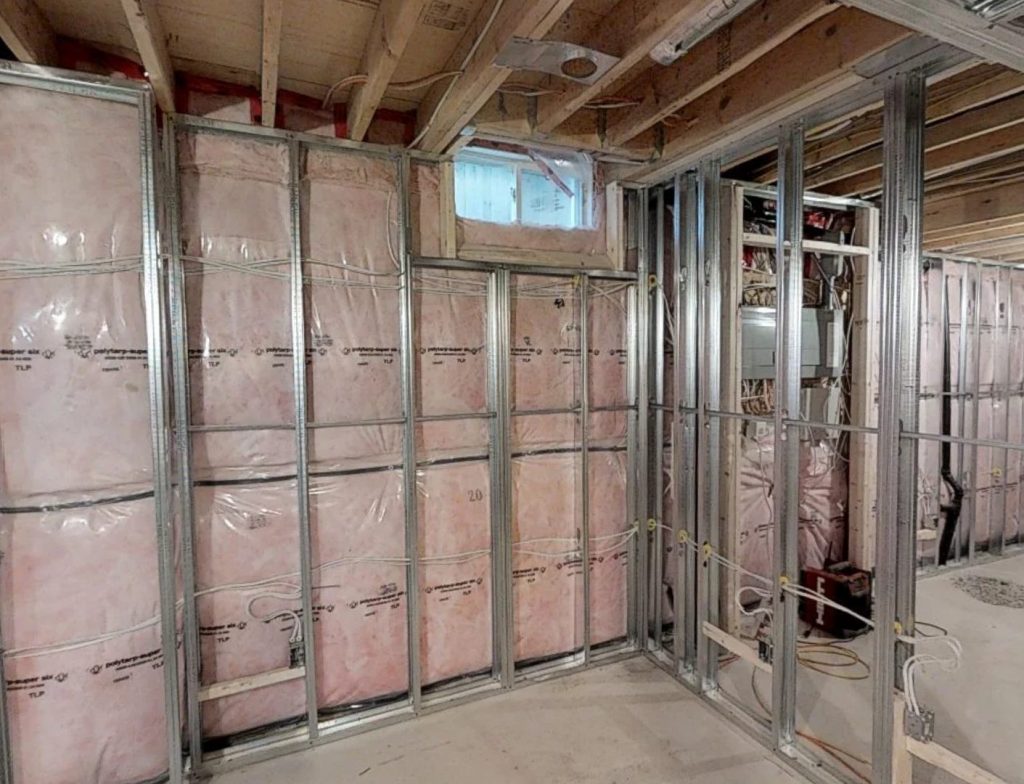
The cost of basement waterproofing depends on multiple factors. These include the size and condition of your basement, the method selected, the extent of existing water damage, and how accessible the foundation is from outside.
Interior waterproofing generally requires less labor and can often be installed more quickly, while exterior basement waterproofing involves excavation and restoration, making it a more complex undertaking.
What is Interior Waterproofing?
Interior waterproofing is when you waterproof the basement from inside your home. This indoor system will redirect any water that leaks into your basement before it touches the floor. For interior waterproofing to operate, it needs a sump pump and a water drainage track. It works by sealing the inside of your basement floors and walls so water that tries to enter is channeled out.
Fortunately, interior waterproofing offers many benefits, including:
- Fast installation – only taking a day or two to complete
- Non-disruptive – No excavation is necessary, so you won’t have to worry about digging up your driveaway or causing damage to your landscape
- Lower costs – Interior waterproofing is less expensive compared to exterior waterproofing
- Trouble-free service – Interior waterproofing can be easily maintained year-round since it’s located indoors
Conversely, the downside of interior waterproofing is that this method requires you to move any furniture, stored items, and built-in shelving or cabinets away from touching the basement walls. Plus, you cannot use your basement during installation.
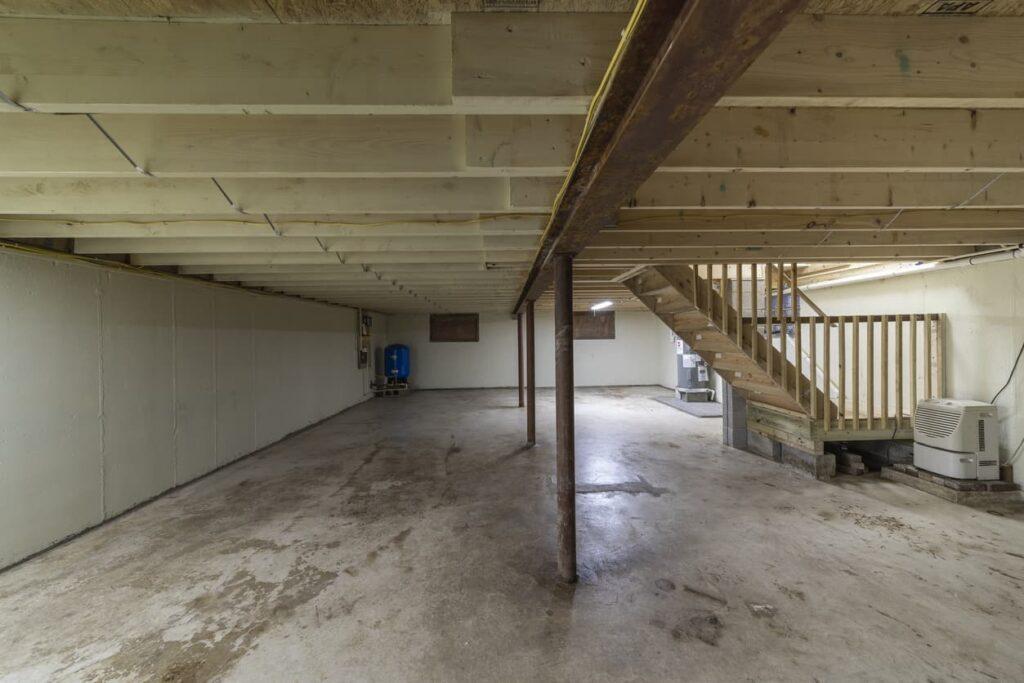
What is Exterior Waterproofing?
Exterior waterproofing is a construction method designed to seal your home from the outside, preventing water from accessing the inside of your property. It involves digging a trench, about 8 to 10 feet down, around your entire house to the bottom of your foundation.
A waterproof membrane or sealant is then used to cover, seal, and clean the foundation walls. The process is capped off by installing a drainage system to direct water away from your home for good.
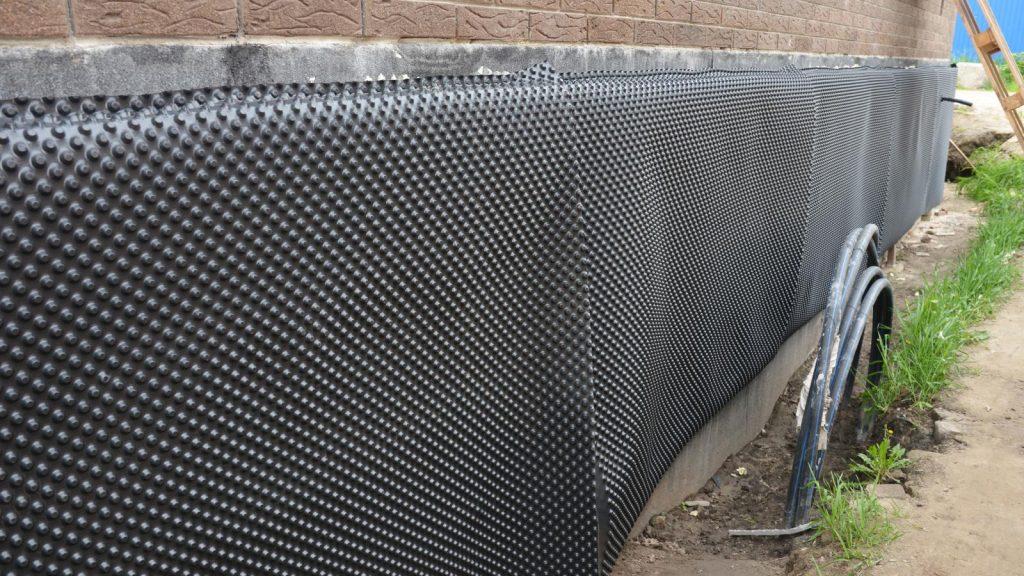
Exterior waterproofing your basement offers a few advantages, including:
- It’s the best, most complete way of protecting your home from a basement leak or flooding
- It’s a relatively fast and efficient process – could be one day, or one to two weeks, depending on the size of the project
On the other hand, exterior waterproofing has its drawbacks, including:
- Increased costs – It’s a more involved process that is expensive and time-consuming. Digging up your yard for example can be costly and labour intensive
- Damages landscaping or hardscaping elements – Since exterior waterproofing requires everything surrounding the house to be removed, features such as driveways, porches, walkways, landscaping, decks, AC units, and so on have a greater chance of getting damaged in the process
- Not serviceable – Unfortunately, there isn’t much action you can take to correct or fix if water is still entering your basement. If any of the work was done incorrectly, your only alternative is to pay to dig up all that soil again
What Are Some Key Differences Between Exterior and Interior Waterproofing?
Exterior and interior waterproofing are both effective methods of protecting your home from water damage. Despite their similarities in their purpose, the biggest difference between the two methods is exterior waterproofing is a preventative solution, whereas interior waterproofing is a corrective solution.
A couple other differences between exterior and interior basement waterproofing are:
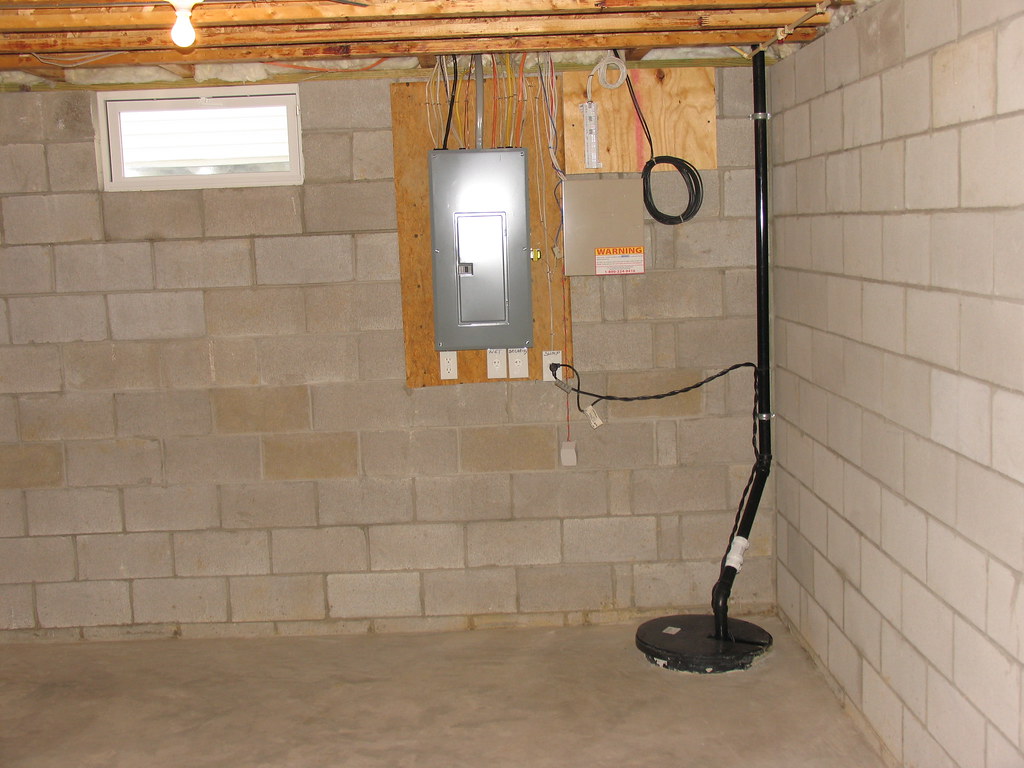
Can You Combine Interior and Exterior Waterproofing?
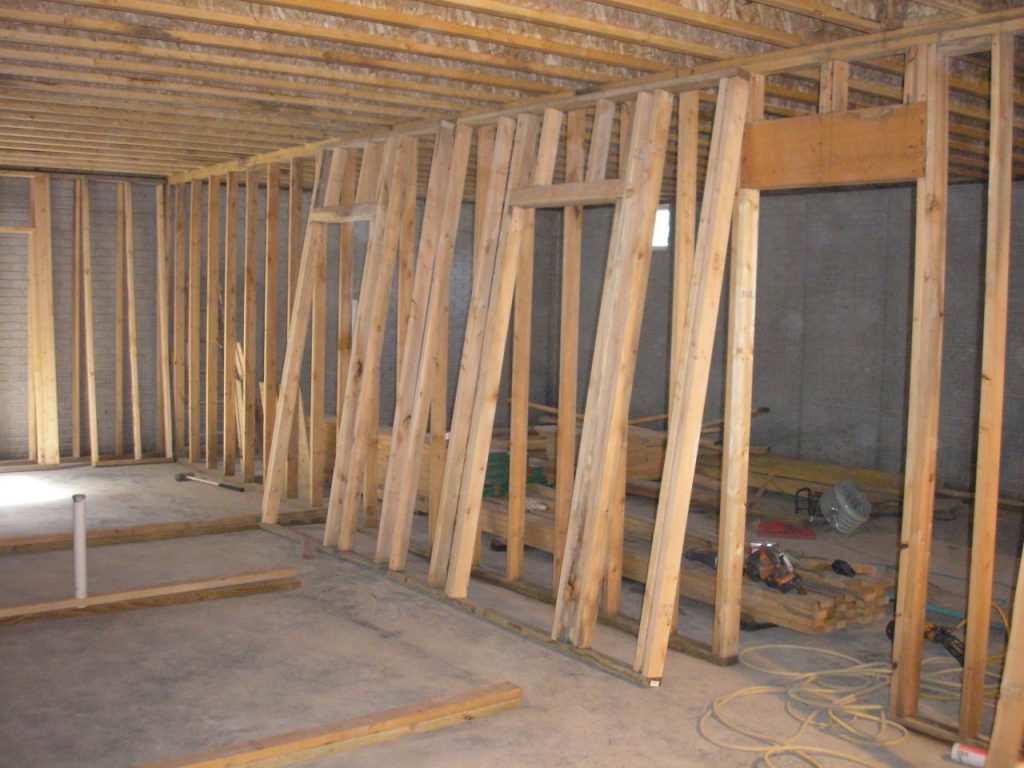
Yes, and in many situations, a combined system offers the most complete protection. Interior and exterior waterproofing aren’t mutually exclusive. In fact, they complement each other. While exterior systems prevent water from entering the foundation walls, interior systems act as a backup to capture and redirect any moisture that does make it inside.
For example, homes with high water tables or those in flood-prone areas may benefit from an exterior membrane system paired with an interior weeping tile system to manage interior water flow. This dual-layer protection helps keep basements dry even in challenging conditions.
How Waterproofing Works
Interior Waterproofing:
- Involves installing a drainage channel along the inside perimeter of the basement floor
- Water is collected and directed to a sump pump that removes it from the home
- Waterproof interior basement walls may be lined or coated to reduce moisture intrusion
Exterior Waterproofing:
- Requires excavation around the home’s foundation
- Foundation walls are cleaned, sealed, and coated with a waterproof membrane
- A drainage system (e.g., weeping tile) is installed to guide water away from the structure
These two methods approach waterproofing from different angles, but both aim to prevent water from causing structural or surface damage. Whether you’re considering waterproofing basement from inside or outside, it’s important to assess which method aligns with your specific situation.
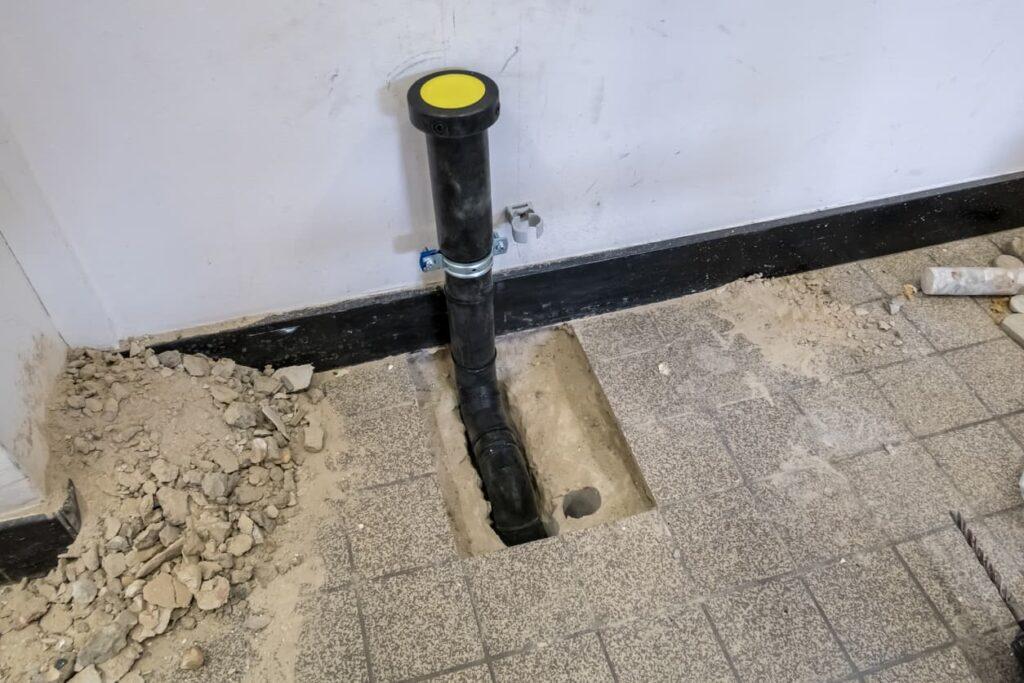
What We Recommend Regarding Waterproofing
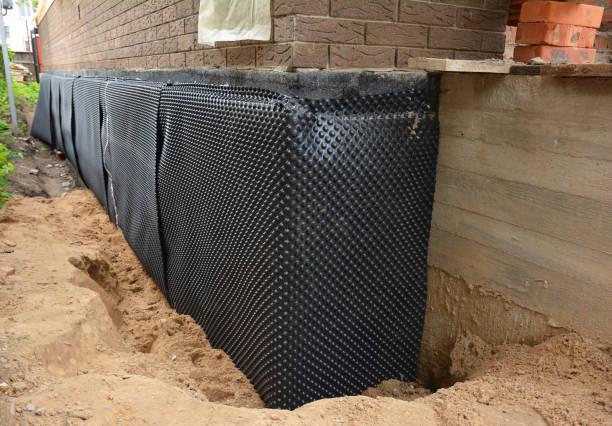
It’s essential we analyze your home to provide the best recommendations for how to go about waterproofing your basement.
First, a Harmony Basements professional will perform a full analysis of the following areas:
- The inside of your basement
- The outside foundation of your home
- The condition of the eavestroughs and window wells
- The grade of the earth up against your home’s foundation
- Whether there is anything else close to your home that is storing excess water
Lastly, our contractors will even look at any neighbouring homes and their proximity to your property before making our basement waterproofing recommendation.
FAQs
Can you waterproof a basement from the inside? Yes. Interior waterproofing manages water after it enters by redirecting it through drains and sump pumps. It is often more cost-effective and less disruptive than exterior methods. It’s one of the most common methods used for basement waterproofing from inside.
How to waterproof a basement from outside? Exterior waterproofing involves excavating the soil, sealing the foundation walls, and installing drainage systems to stop water before it reaches the interior. This method is key when interior waterproofing isn’t enough to prevent water intrusion.
What is an interior weeping tile system? An interior weeping tile system is a perforated pipe installed along the inner perimeter of the basement floor. It collects water and routes it to a sump pump for removal. It is often a component of internal waterproofing systems.
Is interior waterproofing enough on its own? In some cases, yes. For moderate moisture problems or finished basements, interior waterproofing is effective. However, severe hydrostatic pressure or foundation issues may require exterior intervention.
Are warranties common with basement waterproofing? Yes. Reputable waterproofing contractors typically offer warranties covering both materials and workmanship. The coverage length and conditions vary, so it’s important to review the details carefully.
Does soil type affect waterproofing needs? Definitely. Clay soils hold water longer, increasing pressure on foundation walls. Sandy soils drain faster, which may lessen the need for exterior systems.
What’s the difference between internal waterproofing and exterior waterproofing? Internal waterproofing controls water that has entered the basement, while exterior waterproofing prevents water from getting in to begin with. Internal waterproofing is often the preferred option for finished basements.
Do I need waterproofing if I don’t see water? Yes. Musty smells, wall discoloration, or high humidity can indicate hidden moisture issues. Early action can prevent major damage. In such cases, reviewing waterproofing pd reviews can also help guide your decision.
Will waterproofing damage landscaping? Exterior waterproofing typically involves excavation, which can temporarily impact landscaping. Interior systems, however, do not disturb the yard.
Is waterproofing a permanent solution? With proper installation and maintenance, waterproofing systems can last decades. Regular inspections and functional drainage are key to long-term success. Whether you opt to waterproof basement from inside or install a full exterior system, durability depends on upkeep.
Still Have Questions About Waterproofing?
Today we covered the differences between exterior vs interior waterproofing and why basement waterproofing in general is so important. In any case, both methods require experienced contractors to aptly handle installation. If you’re still not sure however which type of waterproofing is right for you and your home, we’re here to help! For over 20 years, Harmony Basements has delivered high-quality interior and exterior waterproofing services all over the GTA. We use first-rate materials and innovative techniques to keep your basement dry well into the future.
Contact us today to learn more about basement waterproofing and speak with an expert of ours to schedule your free, at-home inspection and consultation.
The post Interior vs. Exterior Waterproofing: Which One Actually Works Best? appeared first on Harmony Basements.
https://harmonybasements.ca/interior-or-exterior-waterproofing-which-one-works-best/
Did you miss our previous article...
https://manstuffnews.com/basement-ideas/what-is-a-renoviction-and-everything-else
 Backyard GrillingWeekend WarriorsAdvice from DadBeard GroomingTV Shows for Guys4x4 Off-Road CarsMens FashionSports NewsAncient Archeology World NewsPrivacy PolicyTerms And Conditions
Backyard GrillingWeekend WarriorsAdvice from DadBeard GroomingTV Shows for Guys4x4 Off-Road CarsMens FashionSports NewsAncient Archeology World NewsPrivacy PolicyTerms And Conditions
